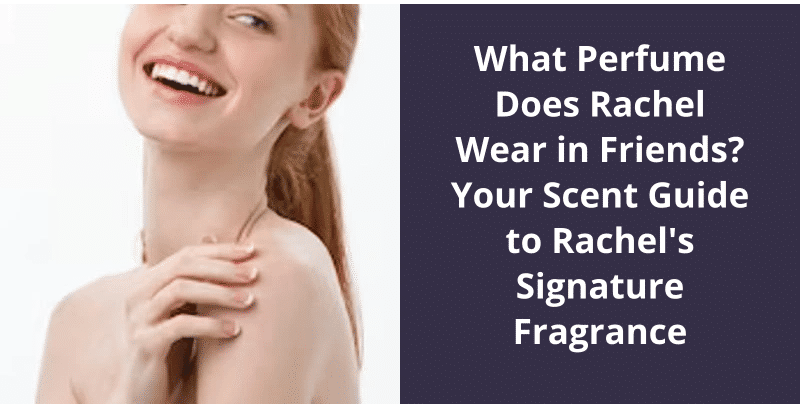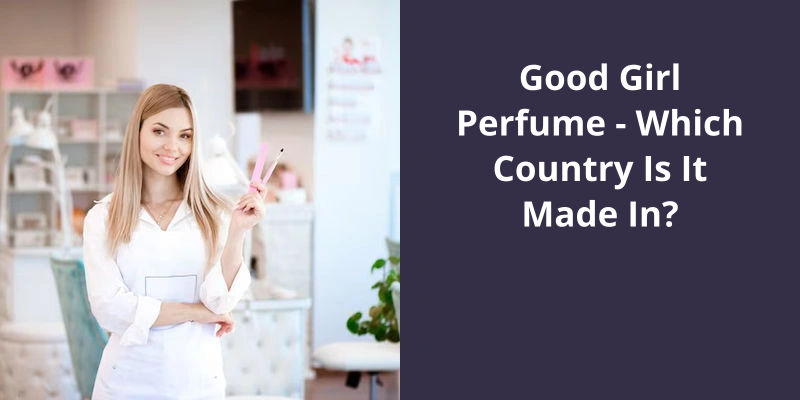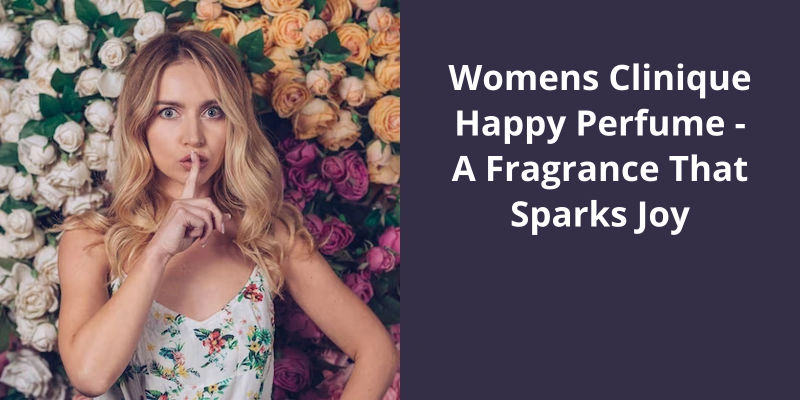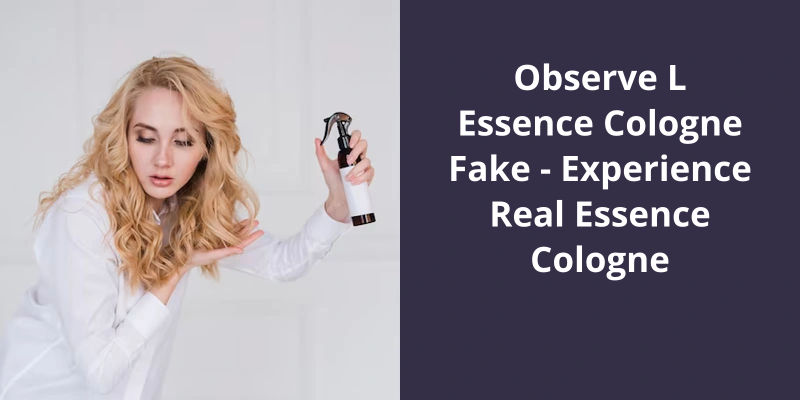The cost to make a fragrance varies widely based on different factors. These factors include the quality of ingredients used, the concentration of the fragrance, packaging, and marketing expenses. For instance, higher-end fragrances that use rare and expensive ingredients could cost up to $150 to $300 per kilogram to produce. On the other hand, cheaper products or those using synthetic ingredients might only cost around $10 to $50 per kilogram. Additionally, you would also need to factor in costs for packaging, which can range from a few cents to over a hundred dollars, as well as marketing and distribution expenses. Therefore, while it’s hard to give a specific answer, making a fragrance could cost anywhere from a few dollars to several hundreds of dollars per unit depending on these factors.
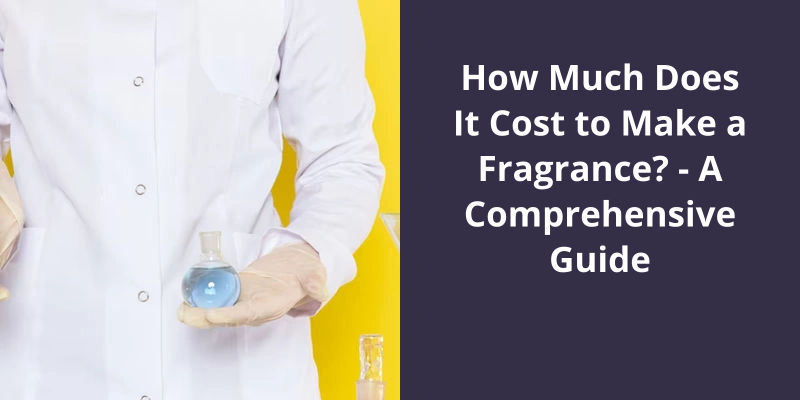
Are Fragrances Expensive to Make?
The process of creating a fragrance is a complex task that requires a team of scientists, perfumers, and evaluators to work together in harmony. Each stage of the process is meticulously executed to ensure a final product that’s both unique and desirable. The cost of creating a fragrance can vary depending on the quality and level of creativity involved.
Fragrance creation involves the selection of raw materials such as essential oils, aroma chemicals, and natural extracts. These materials are then blended in a specific ratio to create a scent that’s unique to the brand. The cost of these raw materials can vary depending on their rarity and quality. Some of the most expensive raw materials used in fragrances include oud, ambergris, and musk.
Once the fragrance has been created, it must then be bottled and packaged for sale. This involves the filling of the fragrances into bottles or atomizers, designing and printing of labels and packaging materials such as boxes, and assembly of the final product. The cost of these activities can also vary depending on the complexity of the design and the quality of the materials used.
In addition to the cost of creating the fragrance, there are other expenses involved in starting a perfume line. These include marketing and advertising expenses, distribution and shipping costs, and legal and regulatory fees. These expenses can quickly add up, making it difficult for small businesses with limited budgets to break into the fragrance industry.
The Role of Market Research and Consumer Preferences in Fragrance Creation and Pricing
Market research and understanding consumer preferences are essential in creating and pricing fragrances. By analyzing buying trends and customer feedback, companies can develop fragrances that will appeal to their target market. Pricing is determined by the cost of ingredients, the market demand, and the perceived value of the fragrance to consumers. Overall, market research plays a crucial role in creating and pricing fragrances to ensure their success in the competitive perfume industry.
The fragrance industry is undoubtedly a profitable one, with significant revenue and expected annual growth. However, behind these figures are fascinating insights into the market’s various factors, such as emerging trends, key players, and customer preferences. In the next section, we’ll explore some of these factors and how they contribute to the industry’s success.
How Much Money Does the Fragrance Industry Make?
The fragrance industry is one of the most lucrative sectors globally, generating billions of dollars in revenue each year. According to recent reports, the industrys revenue in the fragrances segment amounted to US$8.71bn in 2023, and it’s projected to experience steady growth in the coming years. Industry experts predict that the market will grow annually by 1.70% between 2023-2027, making it one of the fastest-growing industries globally.
The fragrance industry comprises various products, including body sprays, perfumes, colognes, and essential oils. Each product has it’s unique market and target audience, making it possible for the industry to cater to different market segments. The industrys growth is driven by factors such as increasing consumer spending on luxury goods, rising awareness about personal hygiene, and the emergence of niche fragrances.
The United States remains the largest market for fragrances globally, accounting for a significant percentage of the industrys revenue. The market is also robust in Europe, where consumers have a long-standing affinity for premium fragrances. The Asia-Pacific region is also expected to experience significant growth in the coming years, mainly due to increasing disposable incomes and a growing awareness of personal grooming.
With steady growth projected in the coming years, the industry is expected to continue it’s upward trajectory, driven by factors such as increasing consumer spending on luxury goods and rising awareness about personal hygiene.
Key Players in the Fragrance Industry and Their Market Share.
This article provides a brief overview of the key players in the fragrance industry and their respective market shares. It aims to provide insights into the top brands that contribute to the fragrance market’s growth and dominance.
If you’re thinking about pursuing a career in the fragrance industry, one important factor to consider is the potential earnings. According to recent data, fragrance vendors can make a wide range of salaries depending on factors such as location, experience, and sales performance. In this article, we’ll take a closer look at the average salary for fragrance vendors and explore some of the factors that can impact your earnings in this field.
How Much Money Do You Make From Perfume?
The fragrance industry is one that’s long fascinated people across the world. Perfumes and colognes are used for a variety of purposes: to make someone smell good, to mask body odor, or simply as a luxurious indulgence. For those considering entering this exciting field, one of the most pressing questions is: how much money can you make from perfume?
The answer to this question depends largely on your role within the industry. Fragrance vendors, who typically work in retail settings such as department stores or specialty boutiques, earn an average annual salary of $55,864, or $4,655 per month. This places them squarely in the middle of the earnings spectrum, with the highest earners bringing in around $99,000 per year and the lowest around $35,500.
While these salary figures may not seem particularly high when compared to other industries, it’s important to note that perfume vendors often benefit from a number of additional perks and incentives. For example, many companies offer commissions or bonuses based on sales performance, which can significantly boost a vendors overall earnings. Additionally, perfume vendors often receive free or discounted products, which can help offset personal expenses and add value to their overall compensation package.
Of course, as with any industry, those who’re willing to put in extra effort and work hard can earn significantly more than the average. This is particularly true for those who’re able to secure high-level positions within fragrance companies, such as marketing or product development roles. These positions typically require advanced education and specialized skills, but can offer salaries well into six figures.
From the unique challenges of retail sales to the exciting world of fragrance development, there are plenty of opportunities for those seeking a career in this dynamic and exciting industry. And while the earnings potential may not be quite as high as some other fields, the rewards of working with beautiful scents and indulging consumers senses can be priceless.
It’s no secret that celebrities can make a significant amount of money through endorsements and sponsorships, and the perfume industry is no exception. Many stars have jumped on the fragrance train, lending their names and images to various scents. But just how much do these celebrities get paid for their signature perfumes? Let’s take a closer look.
How Much Do Celebrities Get Paid for Perfume?
However, it’s important to note that not all celebrity fragrances are successful. In fact, many fail to make a profit due to high production costs and lack of consumer interest. It’s a risky business, but for those who hit the jackpot, the payout can be substantial.
Additionally, the amount a celebrity gets paid for their perfume may vary depending on their level of involvement in the creation and promotion of the scent. Some celebrities simply lend their name and image to the product, while others are much more hands-on in the development process. Those who’re more involved may receive a larger percentage of sales as compensation.
But one thing is for sure: when a fragrance sells well, everyone involved stands to make a considerable profit.
An Overview of the Most Successful Celebrity Fragrances of All Time
This article provides a brief summary of the most successful celebrity fragrances ever created. It highlights the popular fragrances and brands that have created significant impact and recognition in the fragrance industry.
Now that we’ve an idea of the current and projected value of the perfume global market, let’s delve deeper into the factors driving this growth, the key players in the industry, and the emerging trends that will shape the future of the market.
What Is the Value of the Perfume Global Market?
Perfumes have been an essential part of human life for centuries. They’re used to enhance personal grooming, boost mood, and create a sense of luxury. The global perfume market has experienced steady growth over the past few years due to changing consumer preferences, growing disposable incomes, and increased demand for premium fragrances. In 2020, the market size for perfumes was valued at USD 29.8 billion, and this is expected to increase further in the coming years.
Another factor driving the growth of the perfume market is the increasing popularity of e-commerce platforms. The online sale of perfumes has become increasingly popular due to the convenience and cost-effectiveness it offers. Consumers can easily compare prices, read reviews, and make purchases from the comfort of their homes. Moreover, the rise of social media has helped to fuel the growth of the online perfume market, as consumers can easily share their experiences with friends and family.
The perfume market is also being driven by changing consumer preferences. Todays consumers are looking for unique and personalized fragrance experiences, which has led to a rise in the popularity of customized perfumes. Manufacturers are responding to this demand by launching personalized perfumes that cater to specific consumer segments. Additionally, manufacturers are investing in research and development to create new fragrances that appeal to the changing tastes of consumers – thus, fueling the growth of the market.
The Asia Pacific region is expected to be a key driver of the perfume markets growth in the coming years. This is due to the expanding middle-class population in countries such as China and India, coupled with rising disposable incomes. The region is witnessing a surge in demand for luxury goods, including perfume products, which is likely to fuel the growth of the perfume market in the region.
As the market continues to evolve, manufacturers will need to focus on innovation and product differentiation to remain competitive.
The Impact of Sustainable and Eco-Friendly Practices on the Perfume Industry.
- Reducing carbon footprint in perfume manufacturing process.
- Sustainable sourcing of perfume ingredients from ethical and responsible producers.
- Using natural and organic ingredients in perfume formulations.
- Recycling of perfume bottles and packaging materials to reduce waste.
- Promoting eco-friendly and sustainable practices throughout the perfume industry.
Conclusion
DIY fragrance-making not only allows for greater customization but also offers a more cost-effective alternative to store-bought perfumes. So, if you're looking to explore the exciting world of fragrance-making, don't let cost be a barrier! With a little creativity and resourcefulness, you can create a beautiful fragrance that suits your budget and preferences.


